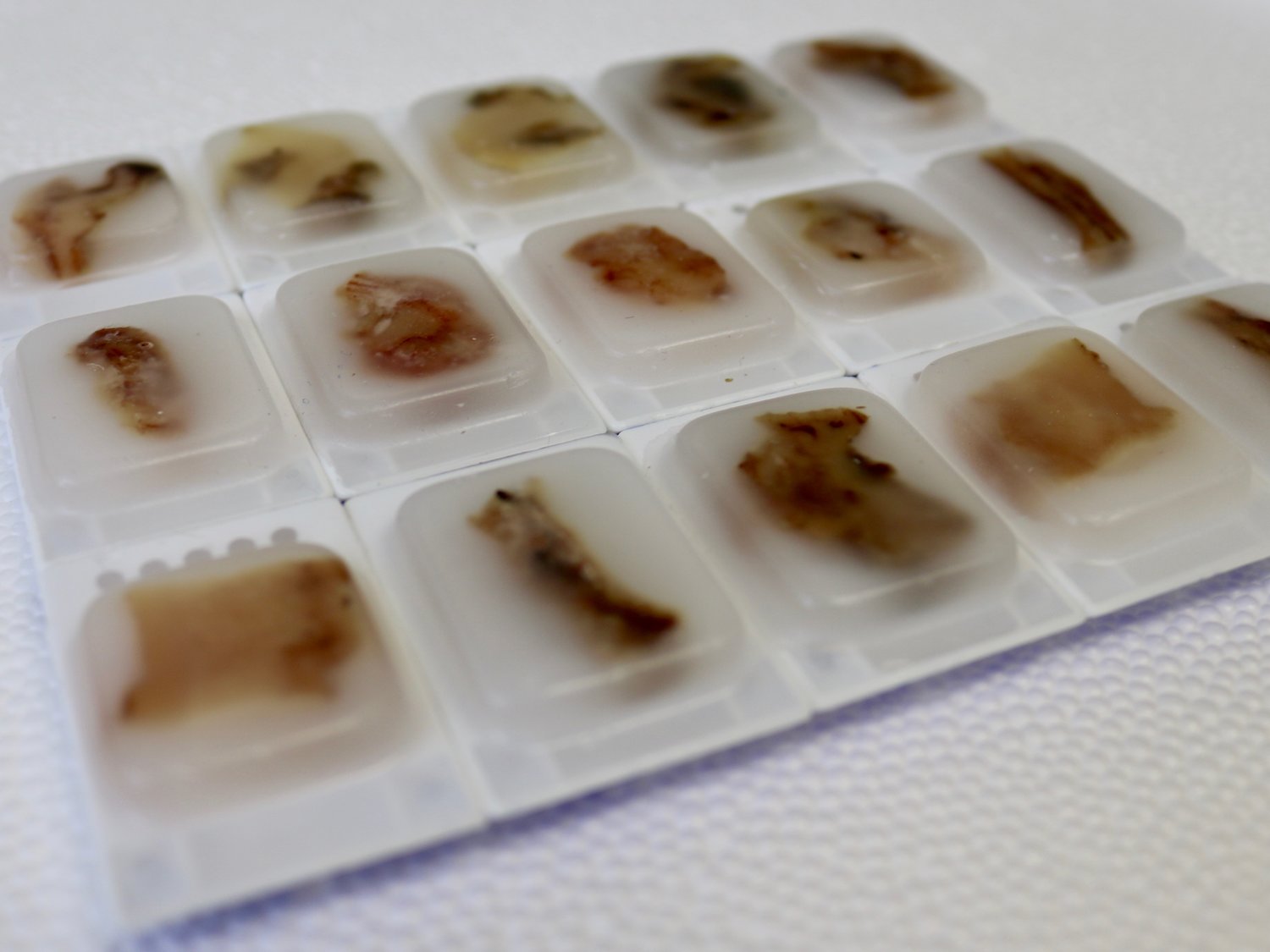Biorepositories are specialized facilities for building and storing human tissue collections. The purpose of these collections is to provide researchers access to biomaterials, cells, and other types of tissue. However, storage in biorepositories is an expensive process due to the cost of preservation, handling, and warehousing. Find out how FFPE blocks storage of tissue could be a game-changer!
FFPE stands for formalin-fixed paraffin-embedded. This is a type of tissue that can be stored in a block form. It's often used to store a biopsy sample from a patient who has cancer. The biopsy sample is cut into thin slices, like a loaf of bread. The block that the tissue comes in can be used for many years to keep the tissue in a constant environment. This keeps the tissue free from many of the changes that can happen to cells over time.

Image Source: Google
FFPE blocks can be stored at room temperature for up to 10 years. They are less expensive than conventional paraffin blocks, and this makes them a popular option for starting laboratories. FFPE blocks have a high level of chemical stability and are resistant to water, heat, and humidity. They are especially well-suited for long-term storage without any deterioration.
Samples can be collected in the lab, or they can be sent to the lab when they are collected. The first step is tissue preparation, which removes all of the other cells and debris from the sample that would otherwise clog up the works in the next steps. This is done by homogenizing the tissue samples in liquid nitrogen using a mortar and pestle and then grinding them up in a cryomill. The resulting slurry is then dropped off into a tube, that contains a thickener. This is allowed to sit for one hour before the sample is passed through a syringe filter.
